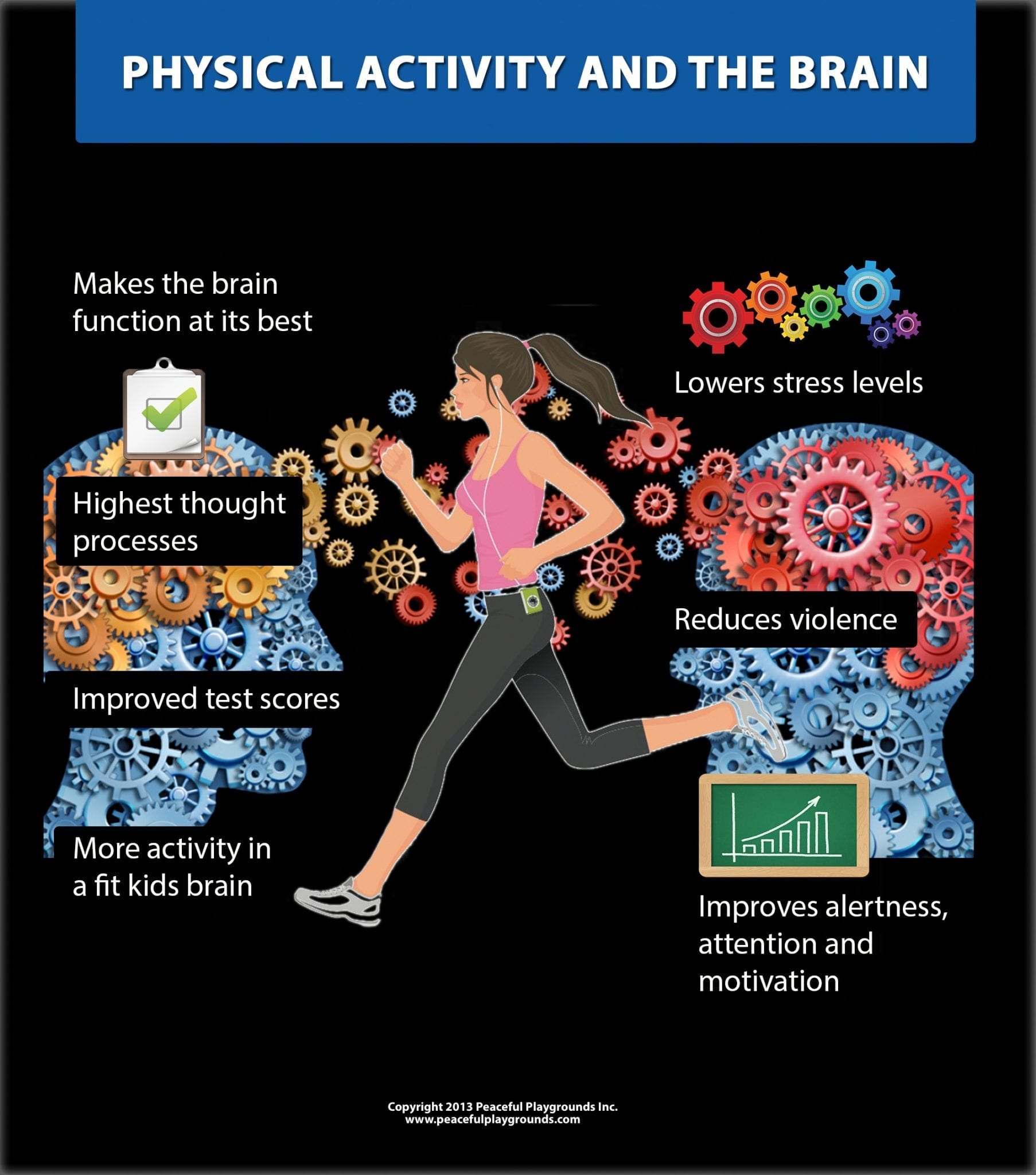Physical Activity And The Brain
About Activity Based
Activity based costing has grown in importance in recent decades because 1 manufacturing overhead costs have increased significantly, 2 the manufacturing overhead costs no longer correlate with the productive machine hours or direct labor hours, 3 the diversity of products and the diversity in customers' demands have grown, and 4 some
Example of Activity-Based Costing . Let's look at an example to clearly understand how Activity-Based Costing works. Let's say a business makes two products wooden chairs and wooden tables. Using traditional costing, they might split the overhead costs 5050. But in reality, chairs take more work and time because of extra shaping and painting.
Examples of Activity-Based Costing in Action Manufacturing. A furniture manufacturer produces several different types of chairs, each with varying levels of complexity. Using traditional costing methods, the company might assign overhead costs equally across all products. However, with ABC, the company discovers that certain chairs require more
As an activity-based costing example, consider Company ABC, which has a 9250,000 per year electricity bill. The number of labor hours has a direct impact on the electric bill. The cost driver in this illustration is the 2,500 total hours of labor that were put in during the year.
As an activity-based costing example, consider Company ABC, which has a 50,000 per year electricity bill. The number of labor hours has a direct impact on the electric bill. For the year, there
Activity-Based Costing A Real Example Let's pretend that you manufacture keyboards. The first expense you encounter is molding the plastic keyboard shells, which has a cost pool total of 10,000.
For example, if quality control costs 50,000 per year and 5,000 units are inspected, the cost per inspection is 50,000 5,00010 per unit.. 6. Assign Costs to Products or Services. Applying the cost per activity to each product or service based on its actual usage. If a product requires
Activity-Based Costing, or ABC for short, is defined here. The activity-based costing system, commonly known as the ABC System, is a two-stage technique for allocating overhead costs to goods that focuses on the primary activities carried out during the manufacturing process. Another name for the ABC System is the activity-based costing system.
Activity-based costing ABC is a method used to allocate overhead and indirect costs based on the activities that drive those costs. In project management, ABC allows for a more accurate understanding of project expenses by identifying and assigning costs to specific activities, rather than using broad allocation methods.
Activity-based costing examples use a system of assigning overhead costs to products or services. Its formula breaks down the organization's overhead costs between the activities of producing a product. ABC assigns a cost to every activity during the production process, such as employees testing the product or prototyping.




























































